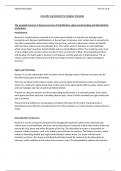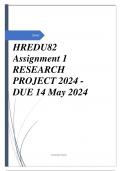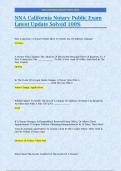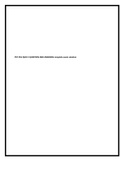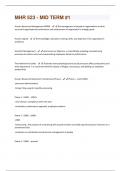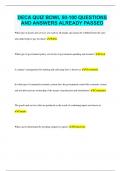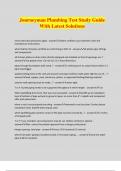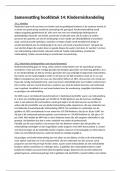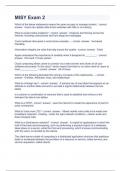Essay
Unit 14 LA:B (Aromatic ring chemistry for designer chemicals)
- Course
- Institution
This assignment has achieved DISTINCTION grade and contains all of the necessary contents such as the accepted structure of benzene in terms of hybridisation, sigma and pi bonding and delocalisation of electrons. Explaining the chemical reaction of benzene, phenol and methyl benzene. This assignmen...
[Show more]
